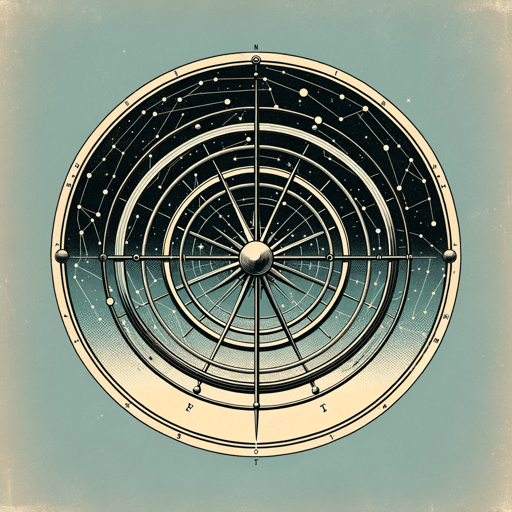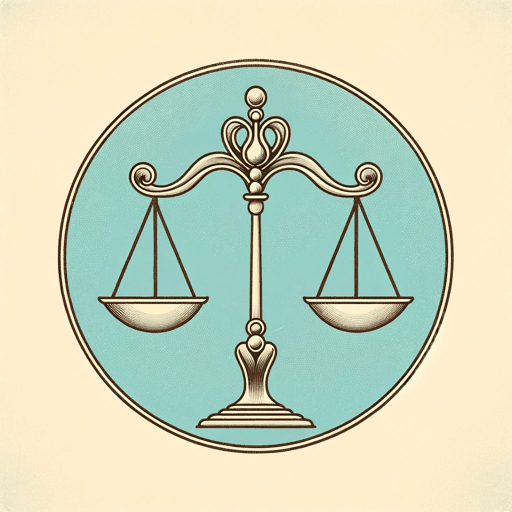57 pages • 1 hour read
Immanuel KantCritique of Pure Reason
Nonfiction | Book | Adult | Published in 1781A modern alternative to SparkNotes and CliffsNotes, SuperSummary offers high-quality Study Guides with detailed chapter summaries and analysis of major themes, characters, and more.
Summary
Prefaces and Introduction
Part I: “Transcendental Aesthetic”
Part II: “Transcendental Logic,” Book I, Chapter I
Part II: “Transcendental Logic,” Book I, Chapter II
Part II: “Transcendental Logic,” Book II, Chapters I-II
Part II: “Transcendental Logic,” Book II, Chapter III
Part II: “Transcendental Logic,” Division II, Books I-II, Chapter I
Part II: “Transcendental Logic,” Division II, Book II, Chapter II
Part II: “Transcendental Logic,” Division II, Book II, Chapter III
Transcendental Doctrine of the Method
Key Figures
Themes
Index of Terms
Important Quotes
Essay Topics
Further Reading & Resources
Key Figures
Immanuel Kant (1724-1804)
Immanuel is now considered the father of modern philosophy. His “critical idealism” functions as a synthesis between the 17th-18th century philosophical schools of rationalism (expressed most forcefully by Descartes and Leibniz) and empiricism (associated with Hume and Locke). Kant’s project forever changed the fate of modern philosophy, much like Copernicus did for astronomy. His impact on the history of western philosophy has been so massive that thinkers are now often referred to as “Pre-Kantian” and “Post-Kantian.”
Kant was raised in a Pietist Lutheran family in Königsberg, East Prussia, a German speaking country that is now a part of Russia. Though he rebelled against his religious upbringing, he never ventured from his hometown. He maintained a long and illustrious academic career. Though he had a well-respected post and wrote numerous essays and treatises on a variety of subjects, it was not until the publication of The Critique of Pure Reason (1781) that Kant, at the age of 57, received international fame.
From that point, Kantian philosophy, commonly known as transcendental idealism, dominated academic philosophy. In the 1780s and 90s Kant further articulated his philosophy through several influential works including two additions to the critical project: The Critique of Practical Reason, which is of central importance to his conception of moral philosophy, and The Critique of the Power of Judgment, an account of aesthetic experience among other things.
Related Titles
By Immanuel Kant




